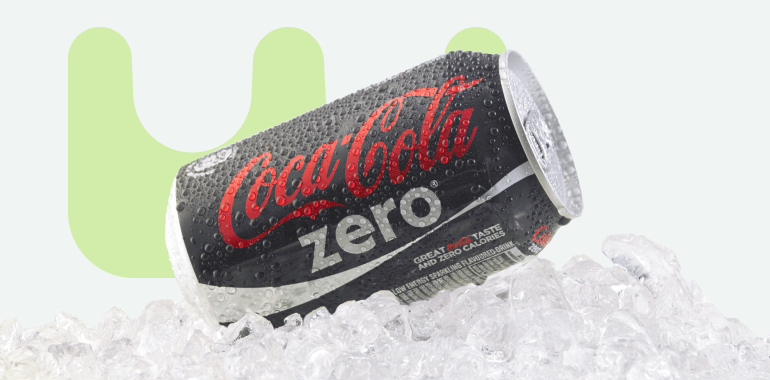
Effective Ways to Prepare for Colonoscopy Liquid Diet in 2025
Understanding the Importance of a Colonoscopy Diet
Preparing for a colonoscopy is an essential process that involves specific dietary adjustments to ensure optimal results. A well-structured colonoscopy diet increases the chances of a successful procedure, ultimately aiding in the detection of potential health issues. The primary goal of the diet is to minimize residue in the intestines, making it easier for doctors to examine the colon thoroughly.
In 2025, greater emphasis is being placed on educating patients about pre-colonoscopy dietary instructions. A liquid diet for colonoscopy helps cleanse the bowel, which allows for better visualization during the screening. This preparation can seem daunting, but understanding the colon prep liquid diet components can streamline the process, ensure hydration, and make you feel more comfortable.
Throughout this article, we will explore clear liquid diet requirements, discuss the best liquids to consume, and share practical tips for a successful colonoscopy preparation. Moreover, we will offer insights into liquid diet benefits and answer common questions regarding pre-procedure guidelines.
By the end of this guide, you’ll be equipped to tackle your colonoscopy prep with confidence, and you’ll understand the rationale behind the dietary changes. This preparation is not only crucial for a thorough examination of your colon health but also supports your overall digestive wellness.
Key Guidelines for a Colonoscopy Pre-Procedure Diet
Transitioning to a liquid diet for colonoscopy is crucial for preparation. It is essential to adhere to specific guidelines to succeed in cleansing the bowel effectively. To begin with, patients must adhere to colonoscopy diet guidelines provided by their doctors.
What to Include in Your Colonoscopy Liquid Diet
While preparing for a colonoscopy, knowing liquids to consume before colonoscopy is critical. The following are generally recommended: clear broths, water, clear juices (like apple juice), and gelatin. These options maintain hydration while clearing the digestive tract.
Additionally, recommended drinks for colon prep include herbal teas and electrolyte drinks (without color or pulp). Avoid using liquids with added sugars or food coloring, as these can leave residues or affect the colon’s visibility.
Hydration Strategies During Colon Prep
Being properly hydrated plays a vital role during the liquid diet. Hydrating before colonoscopy minimizes discomfort and potential dehydration during the cleansing process. Aim to drink plenty of fluids, especially water, throughout your colon prep.
Additionally, monitor your total liquid intake. Effective hydration means you should consume around 8 to 10 cups of liquids daily to maintain optimal body function and help your digestive system flush out effectively.
Common Colonoscopy Liquid Restrictions
Understanding colonoscopy liquid restrictions can prevent setbacks during your prep. Avoid all solid foods, milk products, and any colored liquids that may leave residues, particularly red and purple options. These restrictions aim to minimize confusion during examinations.
If you are unsure about any restrictions, consult your healthcare provider for personalized advice. They may also provide a colonoscopy liquid diet plan tailored to your individual health needs.
Best Liquids for Colonoscopy Prep
To achieve a smooth preparation experience, knowing the best liquids for colonoscopy is essential. Certain beverages effectively support bowel cleansing. Let's explore some optimal choices.
Top Colon Prep Liquid Choices
Clear, non-alcoholic fluids remain on the top of the list. Water is the number one choice for hydration. Additionally, chicken and vegetable broth without any solid grains or pieces are also immensely beneficial. These liquids provide necessary electrolytes while keeping the digestive system clear.
Furthermore, colon cleansing liquids, such as specific electrolyte solutions designed for colon prep, can be useful to help manage hydration levels effectively during this phase.
DIY Recipes for Clear Liquids
If you prefer homemade options, prepare your own clear liquids. For instance, make a simple broth from boiling vegetables and straining out the solids. This not only provides necessary hydration but also enhances comfort during the liquid diet phase.
Another good example includes making smoothies or juices, ensuring all ingredients are completely strained to create a consistent liquid. Just remember to avoid any pulp as it can hinder the colonoscopy process.
Tips for Success During Your Liquid Diet
Transitioning to a liquid diet can be challenging but it doesn't have to be overwhelming. Here are actionable tips to help you manage your liquid diet for colonoscopy effectively.
Establishing a Routine
Having a structured schedule assists in adhering to a colonoscopy meal plan. Designate specific eating times and stick to them, allowing your body to adapt to the new routine. Incorporate a variety of approved clear liquids to keep your diet balanced and appealing.
Avoiding Common Mistakes
Potential pitfalls can occur during your preparation phase. Avoid common mistakes such as consuming prohibited liquids or not staying hydrated. It’s essential to stick to the recommended diet strictly as even minor deviations can affect colon visibility.
Monitoring Changes and Symptoms
Throughout the liquid diet process, pay attention to your body’s responses. If you experience discomfort or unusual symptoms, consult your healthcare provider. Staying proactive about your health ensures the best possible outcome during your colonoscopy.
FAQs About Colonoscopy Liquid Diet
Here are some common questions regarding the liquid diet for colonoscopy and effective preparation.
What Types of Clear Liquids are Allowed?
Allowed clear liquids typically consist of water, broth, and clear juices without pulp. Stay away from dairy and colored liquids.
How Important is Hydration During the Prep Phase?
Maintaining hydration is crucial as it supports overall bodily functions and aids in the cleansing process. Always strive to drink adequate fluids, ideally 8 to 10 cups daily.
Can I Use Flavoring in My Liquids?
It’s best to avoid adding flavoring, especially those containing red or purple dyes. Opt for natural flavorings, ensuring adherence to your clear liquid diet requirements.
```